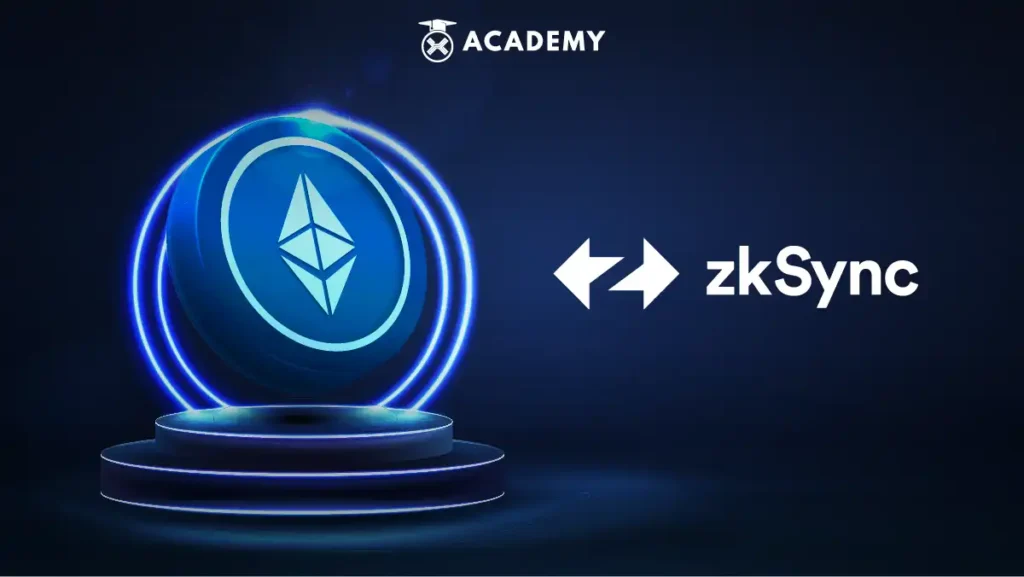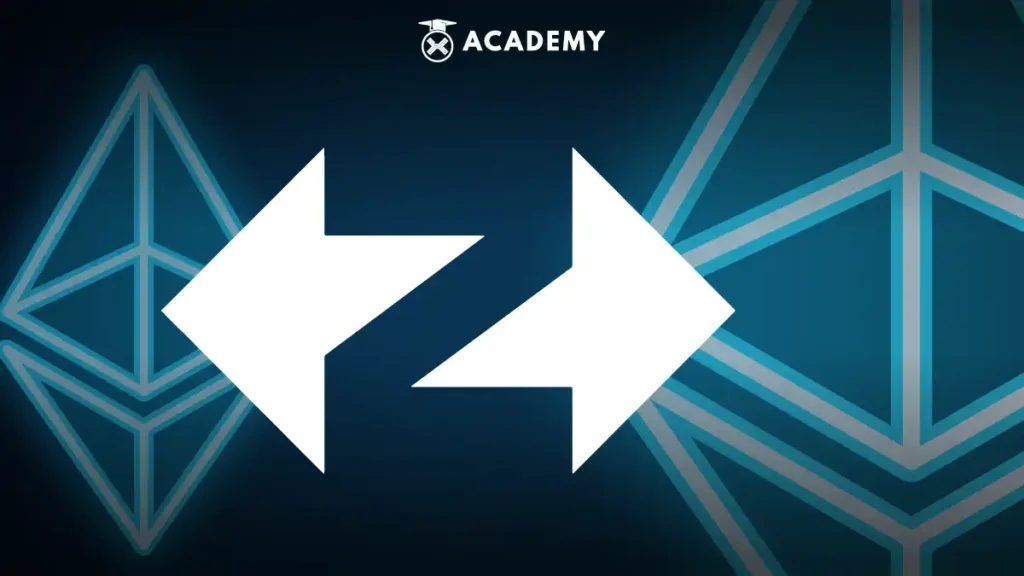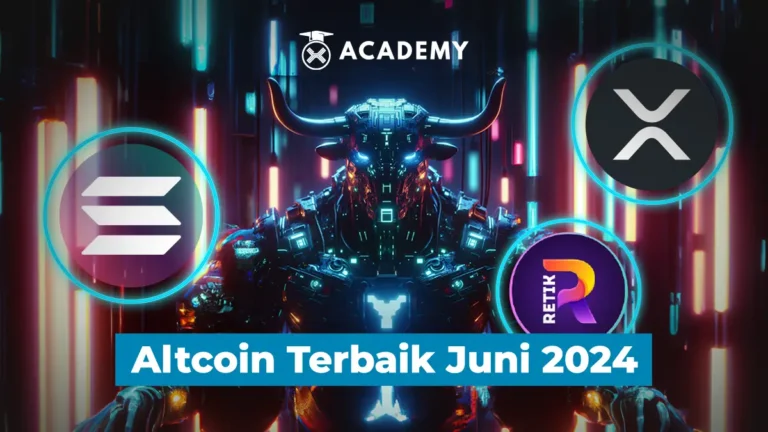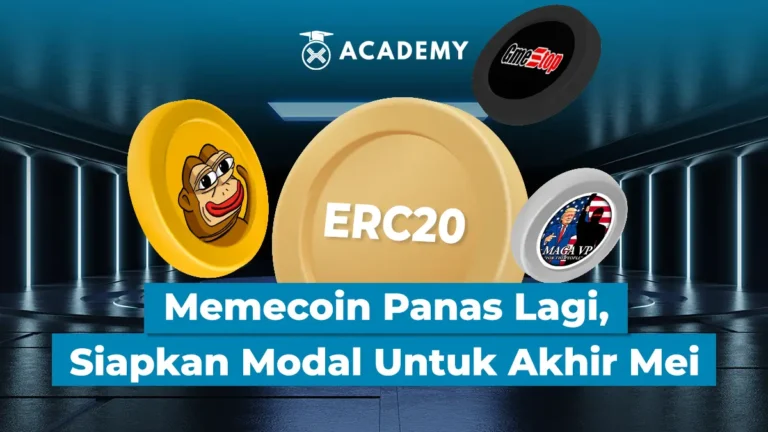Ethereum is a popular blockchain platform for running smart contracts and decentralized applications (dApps). However, along with its popularity came scalability issues that needed to be addressed. Scalability itself refers to the network’s ability to efficiently handle a large number of transactions or activities.
To note, Ethereum faces challenges in terms of scalability because its original design, known as “Ethereum 1.0,” has limitations in terms of throughput (number of transactions per second) and high transaction fees.
In order to overcome the scalability problem on the Ethereum network, ZKSync, a scaling protocol that uses a zero-knowledge rollup approach, is the solution.
The zero-knowledge rollup approach allows many transactions to be carried out at the off-chain layer (outside the main Ethereum network), while only a transaction validity summary is announced on the main network.
So, to better understand what ZKSync is, its history, uniqueness, founder, how it works, and its benefits, see the full review below.
What is ZKSync?

Basically, ZKSync is an L2 or layer-2 scalability solution for Ethereum by leveraging ZK-rollup, or zero-knowledge rollup, technology. This technology makes transactions happen faster and cheaper while providing the security of the Ethereum network for users.
In fact, this scaling solution is designed for Ether (ETH) and ERC20 tokens. ZKSync itself implements a zero-knowledge rollup approach that combines an off-chain layer (announcement layer) and an on-chain layer (verification layer) to improve the performance of the Ethereum network.
By moving most transaction activity to the off-chain layer, ZKSync can increase network throughput. That means that more transactions can be processed at once.
Transaction fees can also be lower because users don’t have to pay high gas fees like on the main Ethereum network. This makes the platform more cost-friendly and accessible to a wide range of people.
It’s also important to note that ZKSync is designed to integrate with existing applications on the Ethereum network. ZKSync can also be applied in various use cases, such as non-fungible token (NFT) markets, digital asset exchanges, and decentralized games.
A Brief History of ZKSync
Historically, the development of ZKSync started as an attempt to address scalability issues on the Ethereum network. As for Ethereum, at first it experienced problems in terms of throughput and high transaction costs, so many development teams and companies started efforts to find solutions that could improve network performance while maintaining security and decentralization.
ZKSync itself is a project from Matter Labs that focuses on providing real-world use cases for its users. The team behind this project believes that transaction throughput is really not just about scalability but also the general readiness of the blockchain network to serve multiple users.
The first version of zkSync was released on the Ethereum mainnet around June 2020. They are currently using PLONK as their zero-knowledge method to validate transactions. The project team also announced their plans to roll out the second version of ZKSync, 2.0, to the Ethereum mainnet. The project will reportedly also release a number of new updates to further improve overall network performance.
For your information, some of the key figures behind the development of ZKSync, among others, are Alex Gluchowski, who is a co-founder of Matter Labs and the technical lead of the ZKSync project. Then there is Denis Bogdanov, who is also the founder of Matter Labs and a cryptography researcher.
In addition to the key figures above, the team at Matter Labs is known to also consist of talented engineers, researchers, and developers in various technical fields, including cryptography, computer science, and blockchain development.
Why is ZKSync unique?
Please note that ZKSync is unique in that it is one of the scaling protocols that takes an innovative approach using the Zero-Knowledge Rollup concept to address scalability issues on the Ethereum network. In addition, ZKSync also offers many unique features that prove to be more attractive to users, including:
- Default Account Abstraction
The built-in account abstraction feature in ZKSync is known to turn externally owned accounts (EOA) like MetaMask users into contract accounts (CA). This opens up endless possibilities; for example, there is no need for a seed phrase, multiple transactions can be combined together, and payments are automated.
- Privacy and speed
ZK-rollup technology is the foundation of ZKSync. In this case, ZK-Rollup combines a privacy-protecting network with fast transaction processing.
- Security
The base layer on ZK-Rollup layer 2 is Ethereum. Therefore, ZKSync relies on Ethereum for security against hacks and attacks on all networks.
- Compatibility
The main value of ZKSync is its compatibility with EVM. Please note that zkEVM makes ZK-based smart contracts compatible with EVM. In this case, developers can easily build ZKSync using Ethereum’s native programming languages, such as Solidity.
Who is the founder of ZKSync?
As previously mentioned, Alex Gluchowski is the founder of Matter Labs, the team behind ZKSync. ZKSync itself is one of the first crypto companies to make a ZK rollup prototype in 2019.
Since then, the company has received hundreds of millions of dollars in funding. Most recently, they secured a $200 million Series C funding round led by Blockchain Capital and Dragonfly Capital, bringing ZKSync’s total financing to over $458 million.
How does ZKSync work?

In terms of how it works, ZKSync is known to take advantage of the zero-knowledge rollup approach to move most transaction activity to a more efficient off-chain layer while maintaining security and integrity using zero-knowledge proofs. This results in increased throughput, lower fees, and a better experience for users on the Ethereum network. The following is a mechanism or how it works that you need to know, including:
-
Rollups
Rollup tasks, namely executing transactions outside layer 1 and sending (posting) data to layer 1 or where the transaction data is validated. Rollups are generally able to minimize gas fees while increasing transaction throughput.
However, in order for Ethereum to be able to validate transactions, each rollup will place a set of smart contracts at layer 1 that process deposits and withdrawals and then verify proofs. It’s just that, until now, there have been two different rollups used on the Ethereum network. These are the ZK rollup and the optimistic rollup.
In this regard, ZKSync is known to use ZK rollup, which is a scaling solution with funds stored on the main chain. Meanwhile, transaction processing and storage are carried out off-chain. In addition, this one rollup implements validity proof, is calculated on-chain, and will ensure that transactions that take place in the rollup have been verified.
-
Zk Rollup
The ZK rollup, or Zero Knowledge Rollup, handles many transactions from the main Ethereum chain and creates SNARK, which is cryptographic proof that helps users prove that they own certain data without showing details. The solution offers proof of validity that is sent to the Ethereum mainnet.
The task of the smart contract for ZK rollup is to store information from all transactions available at layer 2. Not only that, this information can only be changed with validity proof, which means that ZK rollup will only need this validity proof as a substitute for the amount of data, which is generally very extensive.
Please note that validating transactions using SNARK will be far more efficient than having to validate each transaction individually. Basically, saving status in an off-chain way is much cheaper than storing it in an EVM. As a result, scalability can be optimized to more than 150 times the reach of the mainnet.
ZKSync advantages
As a blockchain scalability protocol, ZKSync also offers several important advantages. The main advantage that can be felt by its users is the low transaction fees for ETH and ERC20 tokens. In fact, gas fees on ZkSync can be 100 times cheaper than on Ethereum.
Meanwhile, the transfer fee is only $0.02, the withdrawal fee is $1.59, the activation fee is $0.44, and the NFT minting fee is $0.05. In addition, the transaction process on ZKSync is known to be 142 times faster than Ethereum.
This is because the number of transactions processed is indeed higher, from 14 transactions per second on Ethereum to 2,000 transactions per second on zkSync. Another advantage is that even crypto assets can be transferred instantly from zkSync to Ethereum. Most importantly, ZKSync’s security is guaranteed, just like the Ethereum mainnet.
Conclusion
In conclusion, ZKSync is a scaling protocol that uses the zero-knowledge rollup concept to address scalability issues in the Ethereum network. At ZKSync, most transactions are executed at the off-chain layer and then accumulated into a summary of transaction state, which is verified periodically on the main Ethereum network. This results in increasing network capacity in an efficient and secure way.
ZKSync is also important in increasing the efficiency and performance of blockchain networks because ZKSync is able to increase the throughput of the Ethereum network by processing many transactions at the off-chain layer, which ultimately overcomes the problem of throughput limitations.
Furthermore, ZKSync reduces transaction costs by moving most activities to the off-chain layer, making it more affordable for a wide range of audiences.
With transactions processed at the off-chain layer and verified regularly, transaction confirmation on ZKSync is even faster. Apart from that, ZKSync also helps the Ethereum network remain sustainable in the face of increased adoption and activity.








